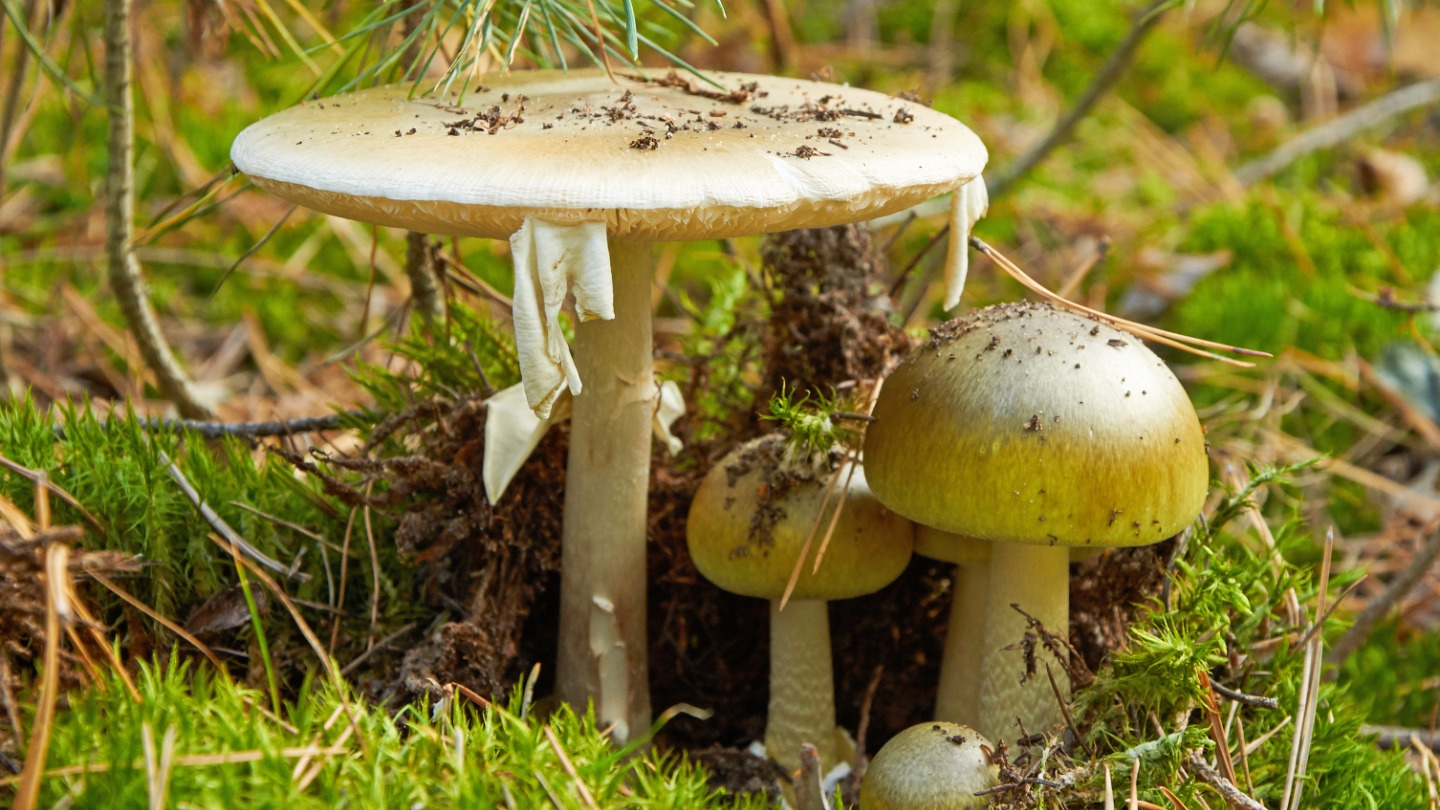Death cap mushrooms get their name for a reason: The poisonous fungi can kill if ingested in even small amounts. But researchers may have found an antidote for one of the mushroom’s most deadly toxins.
A dye already used in medical procedures can block damage from the mushroom’s alpha-amanitin toxin, researchers report May 16 in Nature Communications. The work was done with human cells grown in lab dishes and with mice. If the finding holds up in trials with people, the antidote has potential to save lives.
Death cap mushrooms (Amanita phalloides) are responsible for the majority of deaths from mushroom poisonings worldwide. Symptoms may appear as soon as six hours after ingestion and include nausea, vomiting and diarrhea. If a person isn’t treated immediately, the toxins can cause liver and kidney damage that can lead to death within 48 hours after ingestion. There is no antidote currently available, but people can be treated with fluids, activated charcoal and other therapies.
How alpha-amanitin kills isn’t fully understood. A team of researchers in China and Australia used the gene editor CRISPR/Cas9 to determine which human genes the toxin triggers to cause cell damage and death (SN: 10/7/20). One of those genes makes a protein called STT3B, which helps attach sugars to proteins. Scientists hadn’t known that that process was important for mushroom toxicity.
The team then screened a library of more than 3,000 drugs approved by the U.S. Food and Drug Administration for molecules that could inhibit STT3B’s action. The team found that the dye indocyanine green could stop the protein from doing its job and prevent human cells in lab dishes from dying after being treated with alpha-amanitin.
In tests with mice poisoned with alpha-amanitin, the dye reduced liver and kidney damage and increased survival rates if given one to four hours after poisoning. Waiting eight to 12 hours to administer the antidote reduced its effectiveness, the team found, probably because irreversible organ damage had already occurred.
Source link














